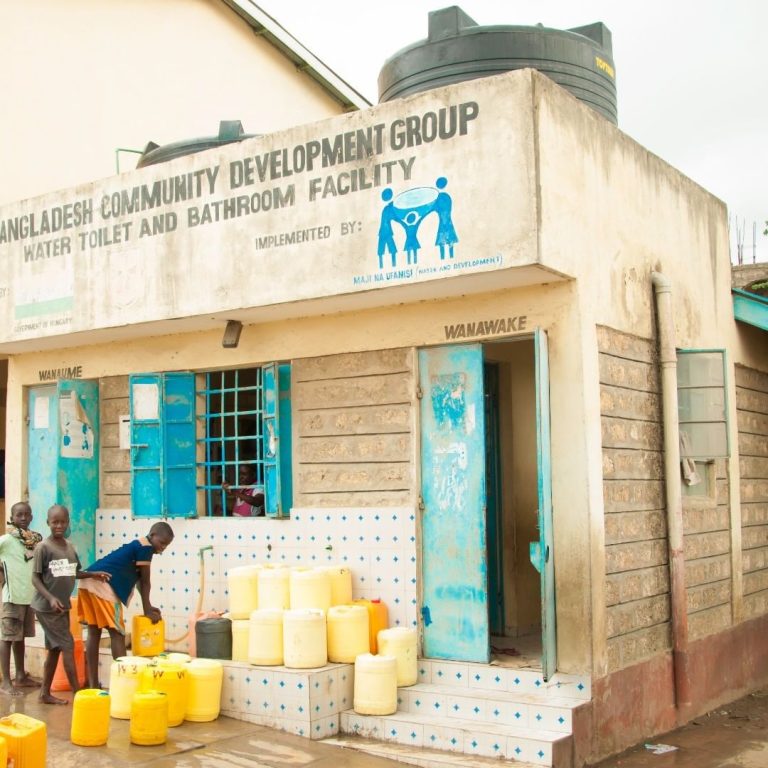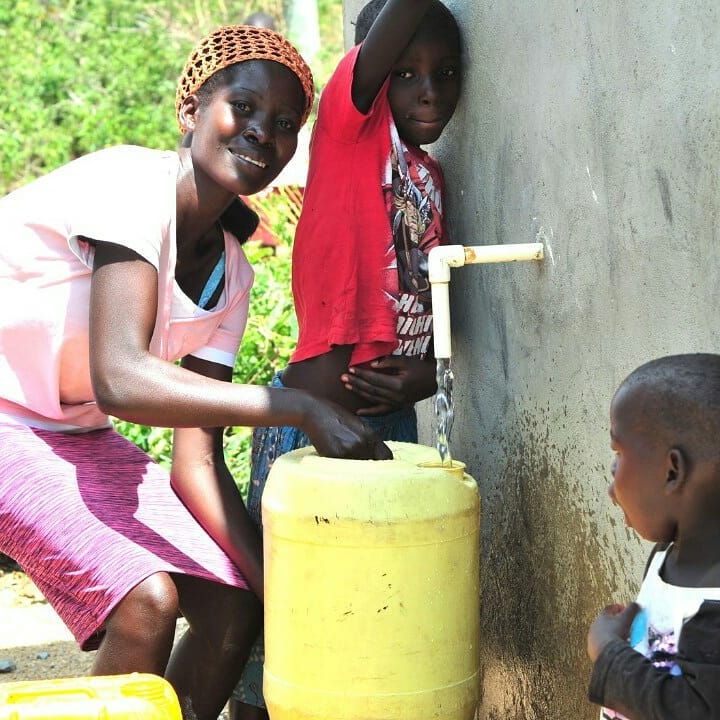Kenya’s sanitation crisis is affecting over 3 million people, with deadly consequences for health, dignity, and economic opportunity. Most suffer in silence, without access to safe toilets or basic hygiene.
In this article, you’ll learn how poor sanitation is creating a public health emergency, why it remains under-prioritized, and how urgent action can turn this crisis around. You’ll also see how Maji na Ufanisi is leading local solutions that save lives.
Also Read:Designing for Dignity:How Inclusive Wash Facilities Restore Community Confidence
A Detailed Explanation of the Sanitation Crisis in Kenya
3 million Kenyans lack access to safe, clean toilets.
This is more than a statistic. It’s a life-threatening crisis. Every day, children get sick. Women face danger and indignity. Communities lose productivity. And diseases spread fast.
Yet sanitation remains underfunded and ignored.
Let’s break down why this crisis exists, who suffers most, and what real solutions look like.
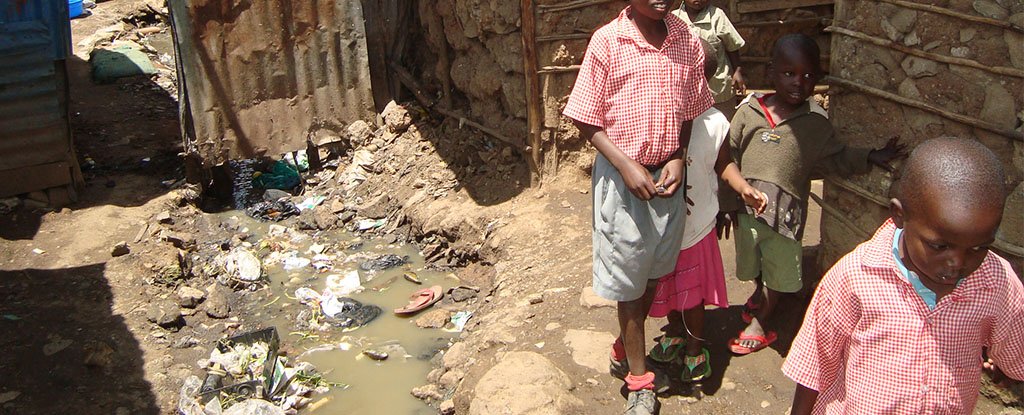
Open Defecation: A Deadly Risk
In many informal settlements and rural villages, there are no toilets.
People are forced to use bushes, rivers, or plastic bags.
This leads to:
- Contaminated water sources
- High rates of diarrhoeal disease
- Increased child mortality
- Cholera and typhoid outbreaks
The World Health Organization attributes 60 percent of diarrhoeal deaths globally to poor sanitation. In Kenya, diarrhoea is the third leading cause of death among children under five.
And these deaths are preventable.
Women and Girls Face the Worst Burdens
For women and girls, poor sanitation is not only about disease. It’s about safety, dignity, and access to education.
Lack of toilets in schools leads to:
- Girls missing or dropping out during menstruation
- Harassment and assault while searching for private places
- Shame and stigma
Sanitation is a human rights issue. No girl should have to choose between safety and education.
The Economic Cost of Poor Sanitation
Beyond human suffering, the sanitation crisis in Kenya drains the economy.
The World Bank estimates that Kenya loses over KES 27 billion each year due to poor sanitation. This comes from:
- Lost workdays
- Healthcare costs
- Impacted tourism
- Lower school attendance
In urban informal settlements, poor sanitation also undermines housing quality and real estate value. It’s a drag on the entire development agenda.
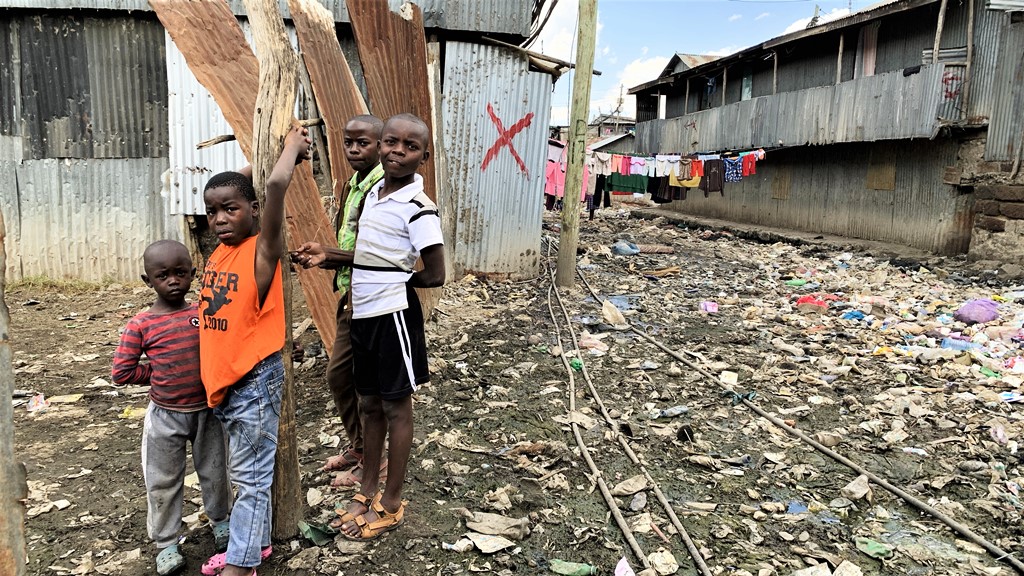
Why Toilets Are Still Not a Priority
Sanitation is often invisible.
Politicians avoid it because toilets are not a popular topic. Funding goes to more visible infrastructure. Meanwhile, budgets for public toilets, sewage systems, and hygiene education stay low.
There are also systemic issues:
- Urban planning that ignores informal settlements
- Weak enforcement of sanitation laws
- Donor fatigue in WASH sectors
But ignoring sanitation keeps Kenya trapped in a cycle of poverty and disease.
A Human Story from the Ground
In Mombasa’s Bangladesh slum, a single pit latrine serves over 60 families. It overflows during rains. Children walk through raw sewage to get to school.
One mother, Aisha, says her daughter got typhoid twice last year. The clinic is far and expensive. She wishes they had “just one clean toilet that locks.”
Her story is repeated across hundreds of communities. No toilets means disease, shame, and lost futures.
How Maji na Ufanisi Is Helping with the Sanitation Crisis in Kenya — and How You Can Help
Maji na Ufanisi has worked in Kenya’s most underserved areas for over 25 years. Our focus is water, sanitation, and hygiene. We don’t bring in quick fixes. We build long-term change.
Here’s how:
1. Public Toilet Facilities
We’ve built sustainable, community-run public toilets in urban settlements. These toilets are clean, gender-safe, and affordable.
2. Youth Employment
We train young people to manage the facilities. They earn income while serving their communities.
3. Gender-Friendly Spaces
Our toilets include sanitary disposal bins, handwashing stations, and private stalls for women and girls.
4. Policy Advocacy
We work with local governments to budget and plan for sanitation. Toilets are not optional—they are essential infrastructure.
5. Emergency WASH Response
In disaster-prone areas like coastal Kenya, we install mobile toilets and hygiene kits to prevent outbreaks.
Real Impact:
- 250,000+ people have gained access to safe toilets
- 400+ youth trained and employed
- 50% drop in sanitation-related illnesses in target areas
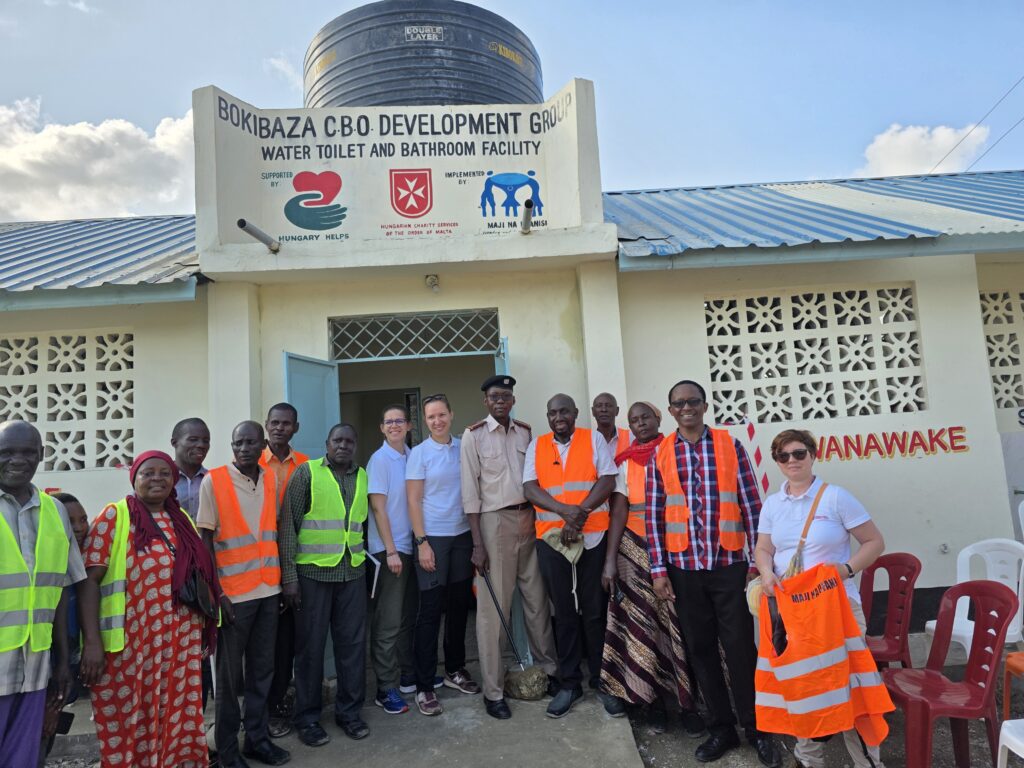
You Can Help Too:
- Donate to expand our sanitation programs
- Sponsor a public toilet in a high-need area
- Fund hygiene kits for schools and clinics
- Share this blog to raise awareness
No action is too small. Every toilet saves lives.
Safe Toilets Save Lives
The sanitation crisis in Kenya is urgent, but solvable. Toilets are not a luxury. They are a basic human right. Millions of Kenyans are waiting. With your support, they won’t wait much longer.
Support local solutions. Support dignity. Support safe sanitation for all.
10 Frequently Asked Questions
1. What is the sanitation crisis in Kenya?
Over 3 million people lack access to basic sanitation. This leads to disease, death, and daily suffering.
2. Why is it called a silent crisis?
Because it’s hidden. People suffer in private, and politicians avoid talking about toilets.
3. How many Kenyans practice open defecation?
Over 5 million Kenyans still defecate in the open due to lack of toilets.
4. Who suffers most?
Women, girls, children under five, and people in informal settlements.
5. Is poor sanitation linked to disease?
Yes. It spreads cholera, typhoid, and diarrhoea—leading causes of death among children.
6. What’s being done about it?
NGOs like Maji na Ufanisi are building public toilets, training youth, and lobbying for change.
7. Why don’t more people have toilets?
Lack of infrastructure, poverty, and poor urban planning are major barriers.
8. How does sanitation affect education?
Girls often skip school during menstruation if there are no toilets, leading to dropouts.
9. Can sanitation improve the economy?
Yes. Better sanitation leads to fewer sick days, higher productivity, and lower health costs.
10. How can I help?
Donate, sponsor a toilet, or spread awareness through social media and conversation.


